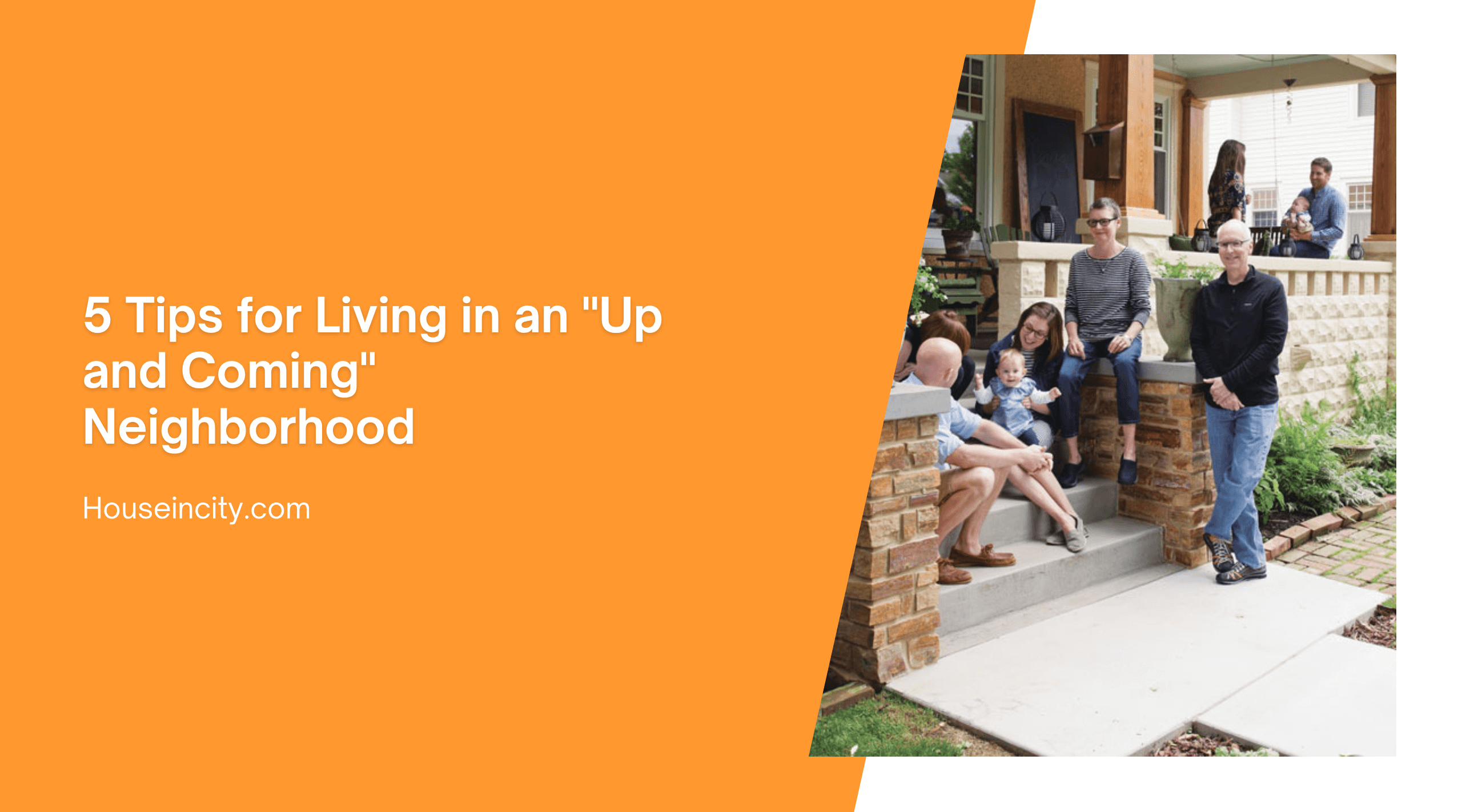An “up and coming” neighborhood, often referred to as such by bloggers and real estate agents, is an area that was once nice, fell into disrepair some time ago and is once again coming back around, usually with the help of middle-class twenty-somethings moving in. These neighborhoods are the most common in urban areas where the cyclical housing market pushes young people into the outskirts to find affordable housing, often changing the face of poor or crime-ridden neighborhoods. There is frequently tension that runs deep in these neighborhoods, between the long-time residents and the younger, wealthier newcomers who want to change the neighborhood drastically, often at the expense of the existing residents by driving up rents and in effect, forcing these long-timers from their homes.
As a resident of an “up and coming” neighborhood for a year myself, here are a few tips I have learned to help make the transition smooth.
5 Tips for Living in an “Up and Coming” Neighborhood
1. Don’t Walk Around Like You Own the Place.
This is the hardest part for most newbies to an area. Chances are the existing residents don’t mind you being there if you are respectful, kind and courteous to those around you. Move into a quiet neighborhood? Don’t blast your music. Lots of kids around? Don’t speed down the street. Treat others like you want to be treated.
2. Get Involved.
Don’t want to be resented by your neighbors? Do something to earn their respect. Attend community meetings. Volunteer at an after-school program. Start an annual event or community garden. The more you make it clear you want to be part of the community, the more you become a member of the community.
3. Explore.
Most “up and coming” neighborhoods are rich in cultural and community pride. Attend a street fair, a block party, a bake sale, a concert in the park or a film screening. Frequent local businesses and take walks around the neighborhood. The more you know about where you live, the more reasons you’ll have to love and respect it.
4. Know Your Neighbors.
A simple nod, wave or “hello” go a long way with neighbors. Make an effort to know who lives around you, strike up conversations, ask questions about your neighborhood, ask for recommendations of local restaurants or shops. Establishing yourself as polite and interested in the neighborhood and your neighbors makes for a richer experience and a safer one-now you have friends watching your back when you walk home from the train late at night.
5. Do Your Homework.
There is often an erratic curve to crime rates in “up and coming” neighborhoods that can sometimes feel like one step forward, two steps back. Know what you are dealing with. Read the newspaper, community blogs, crime reports and listen to your neighbors. If there has been a surge of muggings or car break-ins, keep an extra watchful eye. Don’t wear headphones while walking around alone. Travel with a cell phone in case of emergencies and try not to travel alone at night. The more informed you are about the risks in your neighborhood, the safer your decisions can be.
